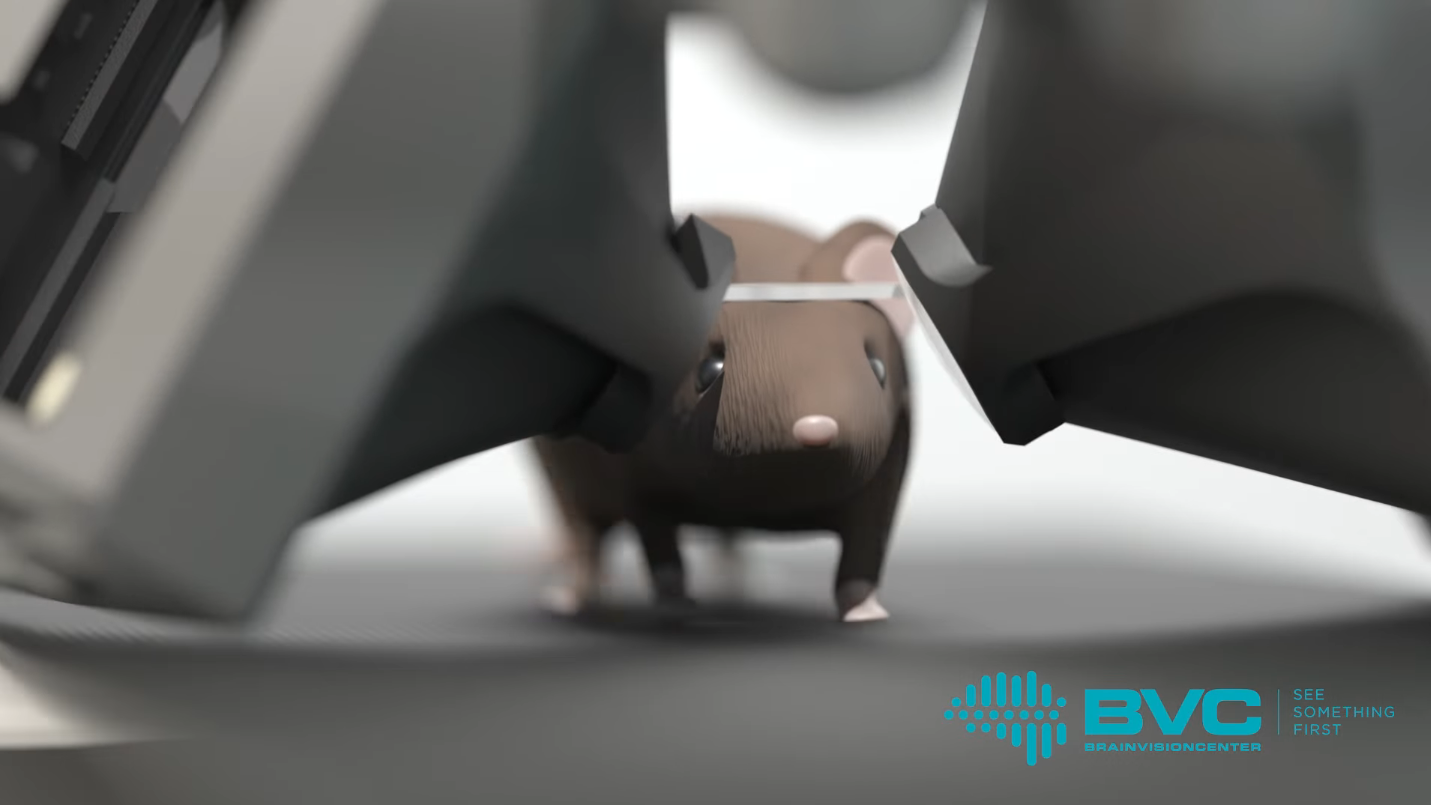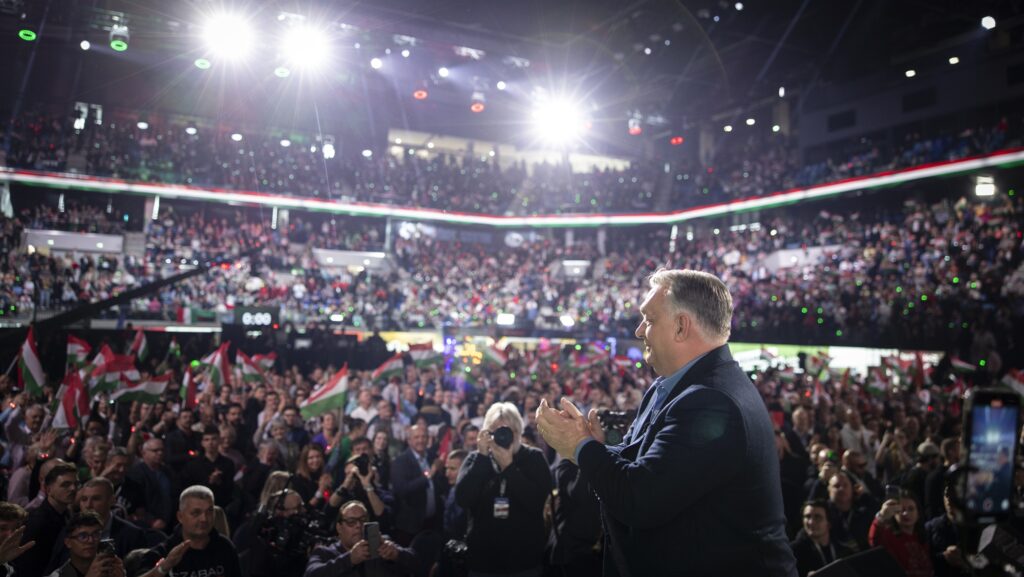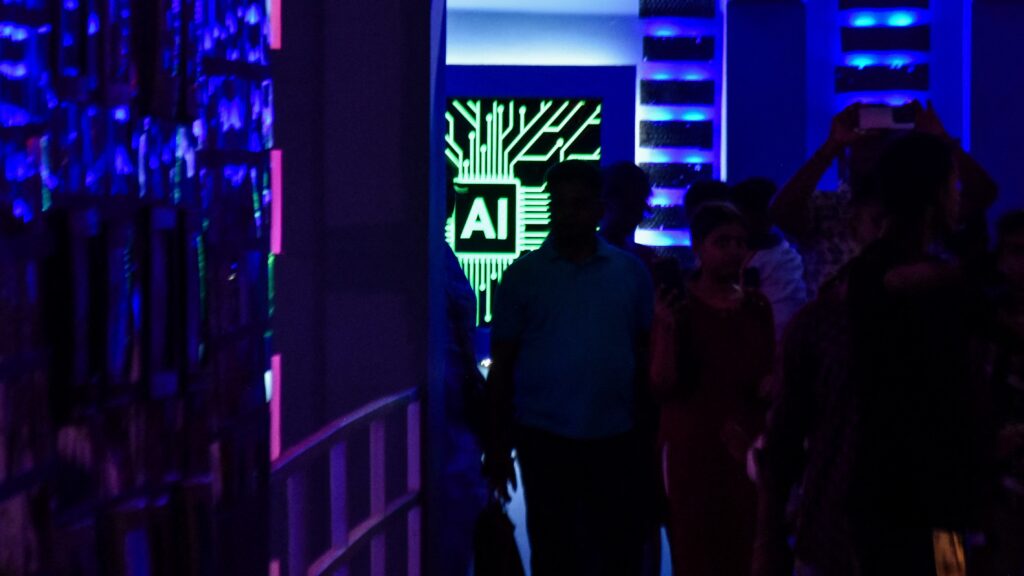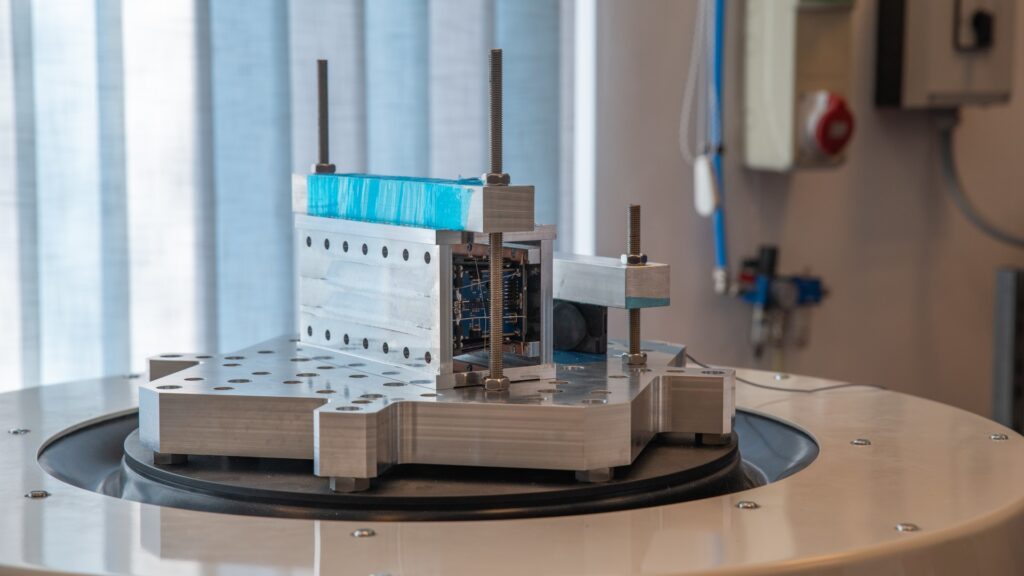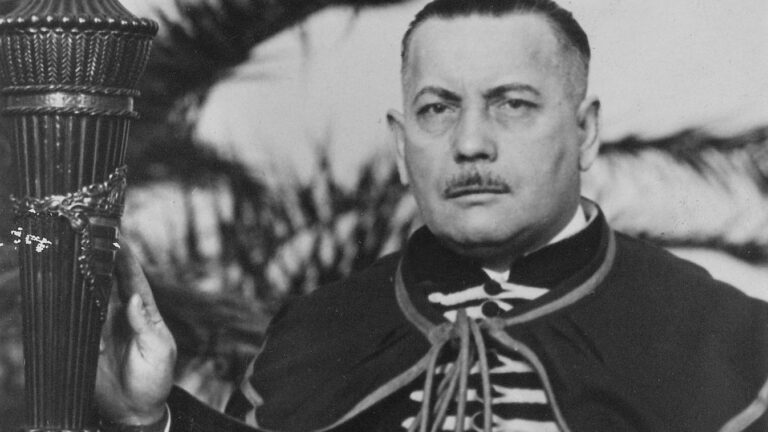The BrainVisionCenter Research Institute and Competence Centre (BVC), in collaboration with the HUN-REN Institute of Experimental Medicine (HUN-REN KOKI), has developed a virtual reality (VR) system specifically optimized for mice. This groundbreaking achievement opens new horizons for brain function research and the development of brain-computer interfaces aimed at vision restoration.
Named Moculus, the innovative VR device realistically simulates natural vision for test animals, enabling learning processes up to one hundred times faster than previous systems. The research, led by Linda Judák, Gergely Szalay, Gergely Dobos, and Balázs Rózsa, focuses on the plasticity of the mouse’s visual cortex during rapid learning and was published on 12 December in Nature Methods. The project aligns with the BVC’s core mission—founded by Botond Roska and Balázs Rózsa—of developing therapies for vision restoration and treatments for central nervous system disorders.
Virtual reality systems have long been used to study brain function in rodents, often relying on two-dimensional projections. However, research teams from HUN-REN KOKI, BVC, the Institute of Molecular and Clinical Ophthalmology Basel, and Pázmány Péter University have demonstrated that two-dimensional projections do not provide rodents with a realistic visual experience. Unlike humans, mice lack the abstract visual processing capabilities needed to reconstruct reality from flat images. ‘The project proved that mice perceive the world in three dimensions only when the virtual reality is specifically tailored to their vision. Accurate representation of their visual environment is essential for meaningful results,’ lead researcher at HUN-REN KOKI and BVC Gergely Szalay explained.
Egerek a virtuális térben | 🐁 Egerek számára optimalizált #VR szemüveget fejlesztett ki a #BrainVisionCenter Kutatóintézet és Kompetenciaközpont a #HUNREN Kísérleti Orvostudományi… | By HUN-REN Központ | Facebook
🐁 Egerek számára optimalizált #VR szemüveget fejlesztett ki a #BrainVisionCenter Kutatóintézet és Kompetenciaközpont a #HUNREN Kísérleti Orvostudományi…
The Moculus system addresses this need with a sophisticated setup, including a custom-designed treadmill that captures and transmits mouse movements, dual screens, and an optical system providing an ultra-wide field of view exceeding 180 degrees. This immersive experience allows mice to interact naturally with their virtual surroundings, while researchers map brain activity using two-photon microscopy. ‘Rodents’ visual learning abilities are surprisingly advanced. In contrast to earlier VR systems, where learning could take 5–9 days, mice can now acquire new visual information within a single day or even as quickly as 30 minutes,’ Linda Judák, another leading researcher involved in the project revealed. This rapid learning capability and the ability to observe corresponding brain activity at the cellular level mark a significant step in understanding neural mechanisms governing learning and decision-making processes. Furthermore, the insights gained hold promise for therapies addressing neurological disorders, including vision loss.
According to Balázs Rózsa, BVC director and group leader at HUN-REN KOKI and Pázmány Péter University, the Moculus system generates precise spatial-temporal brain activity patterns that encode visual elements of the environment more accurately than ever before. ‘The system enables the development of advanced 3D vision-restoration tools that can activate neurons with unprecedented precision, offering a new level of artificial vision accuracy,’ he added.
The Moculus represents a significant milestone in the BVC’s long-term mission to restore vision and develop specialized research tools. As Rózsa highlighted, ‘When we founded the BrainVisionCenter in late 2021, we prioritized vision restoration and developing the tools necessary for cortical vision therapies. Moculus is a crucial step in this journey, allowing gene-based techniques to be tested more effectively than ever.’
With no similar tools currently available on the market, the Moculus system is poised to attract significant interest in the field of neuroscience research. By providing unparalleled accuracy in replicating the visual experience for rodents, the technology offers an essential platform for both basic scientific discovery and applied therapeutic advancements.
Related articles:

